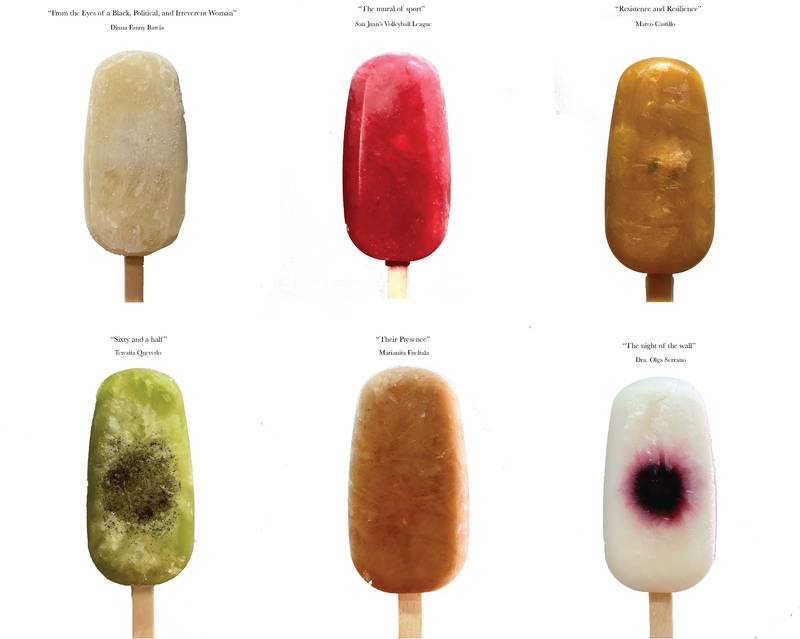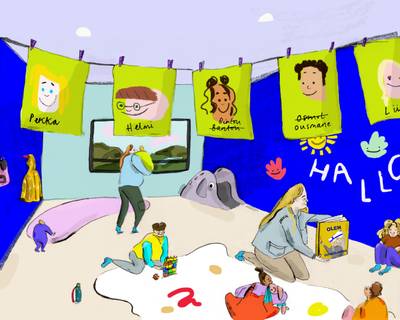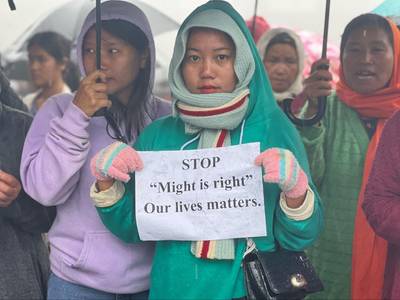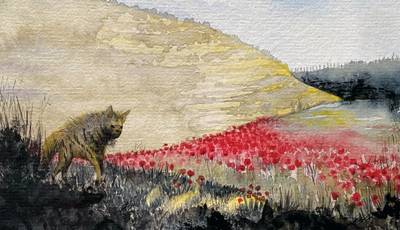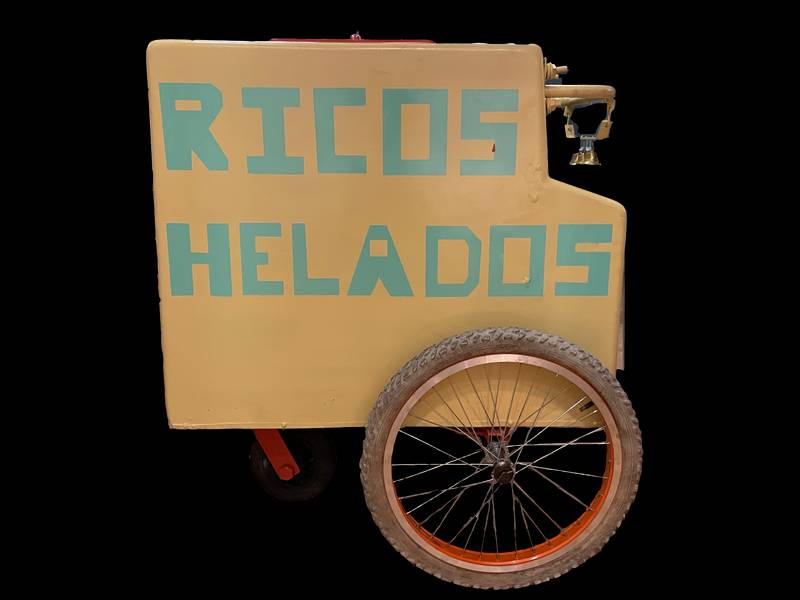

Martina Miño Pérez (Quito, Ecuador, 1990) is a visual artist, cook, and cultural manager who currently lives between Helsinki, Quito and Berlin. Martina did her master’s degree in Visual Culture, Curation and Contemporary Art at Aalto University of Arts, Design and Architecture in Finland and focused her thesis on The Sense of Taste and the Act of Eating as Metaphorical Tools.
“It was four years of an anguishing battle. The neighbors started to sell their homes because it was going to become impossible to live here”, explained Dr. Olga Serrano, as she sipped a warm cup of coffee. “Fear tastes like raspberry, it’s too sour and I am diabetic”. What she recalls is an event that took place twenty years ago, yet it is still very vivid in the memories of many neighbours of the Old Military Hospital of the city of Quito, known today as the Contemporary Art Center. In 2001, the building was going to be given to the prison fellowship, meaning that one of the most renowned historical buildings of the city was going to become a jail. At that time, Dr. Olga Serrano was the president of the “Pro-defense Movement of the Old Military Hospital”, which worked actively during four years in preventing the building from becoming a prison. The wellbeing of the whole neighborhood of San Juan was going to be at stake.
She recalls that one night a huge iron and concrete wall was built in the property. “I received a call from my secretary, Raúl Ortíz, who told me that they were going to bring down the wall”. The neighbors, through self-organization, showed the municipality their disagreement with this decision, as they were not being heard in any other way. Raúl comforted her through the phone and said, “don’t worry Doctor, we have steel cables to bring down this wall”. The night the fortification was brought down, the fate of the whole neighborhood changed, as it caught the attention of the municipal authorities and of the government. The building was consequently given to the Cultural Heritage Salvage Fund. “It was amazing, and we didn’t even believe it ourselves.” adds Serrano. “We had gone through four bitter years of fighting for this, and finally it was sweet like Guanábana, a flavor of tranquility and peace”.
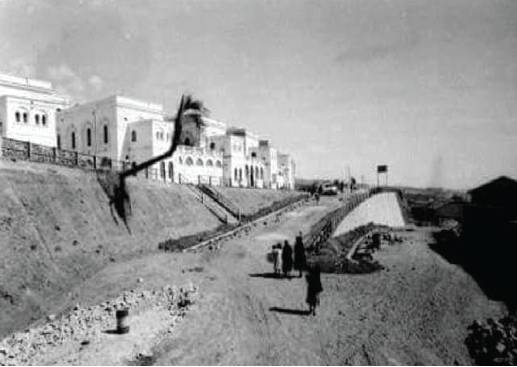

The Old Military Hospital, today the Contemporary Art Center of Quito
Taste is transient, and in the hierarchy of the senses, it has been perceived as too subjective, intimate, and therefore unreliable to give any “objective” knowledge about our world. Its temporality, often seen as a disadvantage by philosophical thinking, is in fact where its meaning encloses. Eating, tasting and digesting, beyond sustaining our biological life, work as tools for reflecting upon memory and meaning. While cooking builds identities, eating consumes them. Written on Ice: Edible Memories of the Neighborhood of San Juan has been a six-month-long collective exercise where memories and identities have been transformed into six symbolic edible objects: ice-cream flavors. Beyond determining a specific essence of San Juan, this project has incarnated different aspects of the neighborhood, emphasizing on the multiplicity of ways of doing and being that are found inside one shared territory. This project contains all types of flavors, from the bittersweet that represents leading and organizing the neighborhood as a woman, to the warm and acid feelings of entrepreneurship in pandemic times. Some aromas are pungent and introduce us to the spiritual and paranormal world of the neighborhood, while others are sweet and pleasant reflections on living friendship between neighbors, supporting each other, and lifting each other. Written on Ice exists through the experiences of Dinna Fanny Barcia Quiñónez, Dr. Olga Serrano, Marianita Fueltala, Raúl Ortíz and the San Juan Volleyball League, Marco Castillo and Teresita Quevedo.
San Juan has been an important neighborhood in the city of Quito for centuries. Resting just below the Pichincha volcano, its steep streets remind us of branches of a tree that climb up vertically until our eyes reach the sun. It’s not only built upon volcanic ashes and cangahua (sterile soil), but it has been a symbolic site since the Inca Empire. Historic documents indicate that the temple Huanaucari was lifted here, a reverence to the moon, that today exists as the Parque de la luna (Park of the moon). From then onwards San Juan has been known for being the site of important battles, revolts, and social resistance. It remains a highly political and organized neighborhood that articulates itself strongly, regardless of the economic struggles.
On the other hand, resistance, she says, it’s always bittersweet. “It tastes like gooseberry, when you fail, it’s like a pit in your stomach.”
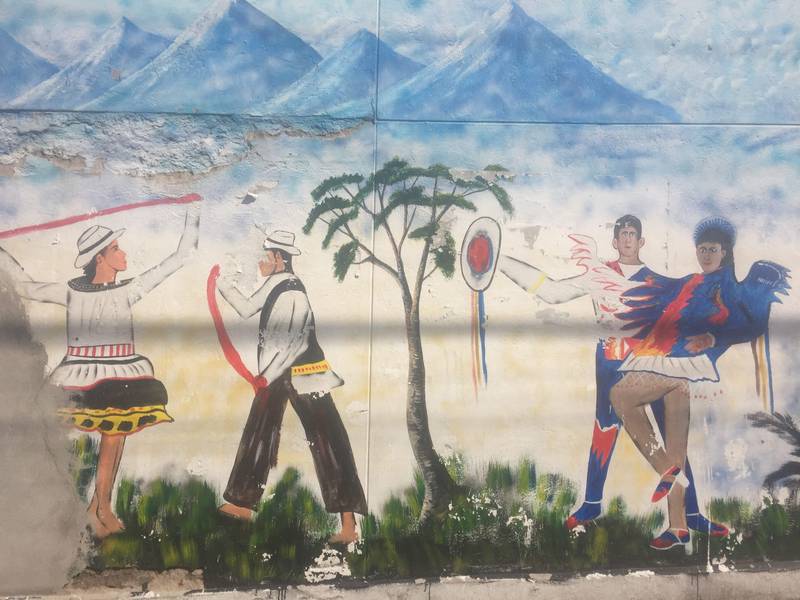

Mural painting on the exteriors of Colegio Mejía
Dinna Barcia arrived in the neighborhood of San Juan from the province of Esmeraldas and has been organizer and leader of the neighborhood since 2008. From the Eyes of a Black, Political and Irreverent Woman is the name she gave to her ice cream flavor. She chose coconut aromatized with Chillangua herb, Chirarán, and dry Oregano to replicate the taste of Encocado, a dish from the Pacific coasts of Ecuador, which for her tastes like victory. It resembles the satisfaction she feels as a project such as the repavement of the Carchi street is concluded, and the feeling of knowing this project succeeded because of the management of her administration. On the other hand, resistance, she says, it’s always bittersweet. “It tastes like gooseberry, when you fail, it’s like a pit in your stomach.” Through the aromas of sweet coconut, and the freshness of the herbs, as you continue licking this edible experience, you will reach the rather acid gooseberry. This is what it means for her to organize and lead a neighborhood. “It is sweet and it is also bitter, but being political is fundamental”.
“Canelazo for me feels like a big hug that embraces you, warms you and reboots you towards overcoming any adversity”, comments Marco.
San Juan is a neighborhood with a big population of people that have immigrated from other provinces of the country. Marianita Fueltala has lived in the neighborhood of San Juan for thirty two years but was born in the city of Tulcán, on the northernmost border of the country. “My last name in Pasto dialect means the river that is there,‘’ she comments, while petting her dog “Cacho”. Marianita says the spiritual world of the neighborhood of San Juan is much greater than the physical one. She is the owner of the restaurant “La Guarida” with her son Marco and argues that there have been two ghosts living on the second floor of the house for many years now. “My grandson used to play ball with the ghosts, who are a father and his son”. Marianita argues that the neighborhood is spiritually rich because of all its history. Her restaurant is located beside the Old Military Hospital, which later was the site of numerous revolts. “During battles and revolts people were hiding in the basement of this restaurant, that is exactly why we chose to name it The Den.”
Marianita feels the presence of the ghosts tastes like Tamarind, which is acidic, like a sadness of seeing them trapped in this world. At the same time, it is tasty and sweet, as the curiosity she feels about the paranormal world of the neighborhood. Her perception, similar to one of the other neighbours, is that San Juan, beyond being historical, is a deeply symbolic place. The memory popsicles that have been designed for this project are therefore meant to work as a portal through which we can access the multilayered identity of this community. “La Guarida” recently started to be managed by Marianita’s son, Marco, who created an ice cream flavor called “Resilience and Resistance”. His experience of learning everything from scratch to keep a restaurant running during pandemic times tastes like “canelazo”, an alcoholic cinnamon beverage commonly drunk in December. “To run a restaurant during a pandemic is extremely hard. It is a time full of fear and doubts, but we have reached a point where our needs have become stronger than the circumstances.” He started to take care of the restaurant when he lost his job in 2020, but he had no training in cooking. The pandemic for him and thousands of other restaurant owners have felt like the “darkest of winters”. He then met David, the current chef of the restaurant, who taught him how to make this cinnamon traditional drink. “Canelazo for me feels like a big hug that embraces you, warms you and reboots you towards overcoming any adversity”, comments Marco.


Dinna Barcia and Teresita Quevedo, founders of the organization “Women for change”


Marianita Fueltala in her restaurant “La Guarida”
He wishes for the restaurant to become a place where people can gather, enjoy good food, and maybe even host some art exhibitions of local artists. From the door of “La Guarida” we can see the massive neo-classical building of what today is The Contemporary Art Center of Quito. Many neighbors see it from their windows but most of them have never stepped inside. It has been ten years since the Old Military Hospital has become a cultural institution, and the perception of this space has changed with its inherent change of purpose. How does it feel to be a neighbour of a museum? How does this space respond to the needs and circumstances of its neighbours? Can it transform from a site of contemplation to a site of cohabitation?
Every Sunday, when the museum closes its doors and the general public exits the building, another group of people enters. They greet the guards and approach the parking lot. They start to gather and take out the equipment to build something that looks like a volleyball court. Raúl Ortíz, the president of the Volleyball League of San Juan, says that they have been playing Volleyball since 1998 and that their presence in the neighborhood has made the public space safer. “One day some bad people tried to rob the secretary of the league, but when they knew he was part of the league, they let him go”. Volleyball, for the team, has meant a great sweetness of friendship, companionship and that tastes like raspberry. On the other hand, playing a sport every Sunday with neighbours feels spontaneous like milk chocolate.
What can our digestive system teach us about the interpretation of art? What is the consequence of tasting, swallowing, and digesting symbols? To eat is an act of abstraction where taste can become a concept, a landscape, and a portrait. Each popsicle as it is being cooked and frozen therefore becomes an edible monument of a moment, which is meant to be understood through the disappearance of its physical object. Memory shares similar qualities to taste, as it is transient. However, there are feelings, desires, and needs kept in the collective memory that transcend time. Through the six months of work with the neighbours, we defined flavour through emotion. Throughout the conversations we had, there were key emotional elements that dominated the narrative of the stories. These specific emotions were laid out as a sort of map and associated with specific ingredients that later became part of the popsicles.
To eat is an act of abstraction where taste can become a concept, a landscape, and a portrait. Each popsicle as it is being cooked and frozen therefore becomes an edible monument of a moment, which is meant to be understood through the disappearance of its physical object.
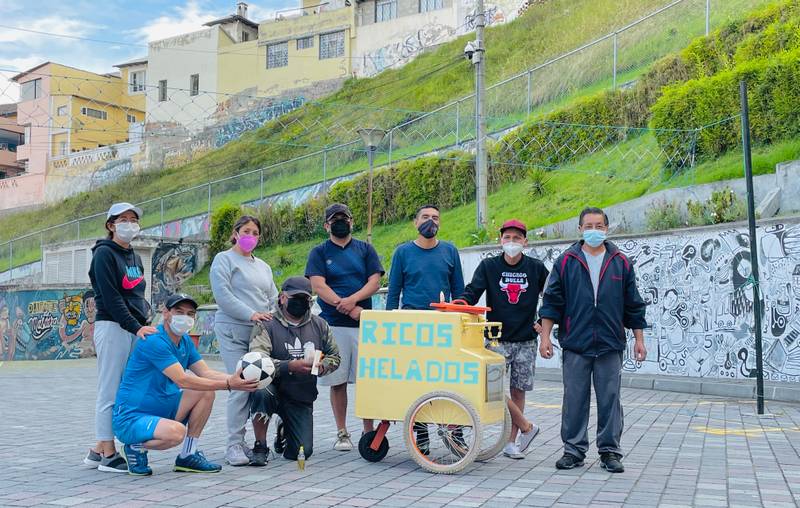

San Juan’s Volleyball League
Written on Ice: Edible Memories of the Neighborhood of San Juan has worked as a moving archive of collective memories. Through the use of an ice cream cart, the memories have traveled up and down the streets of San Juan, where other neighbors have connected with many aspects of their home, through taste. The ice cream cart has been driven by neighbors, by museum mediators, by museum guards, and has become a mobilizer of identities between the institutional and the non-institutional sphere. The routes of taste that were created through this project not only connect emotion and taste, but also evidence common feelings inside the social fabric of this space. This piece has also aimed to promote “common sensoriality” as a democratic potential in the interpretation of art that opens opportunities to accept and recognize diversity and difference through the common act of eating. Whether it tastes like tamarind, raspberry, gooseberry, chocolate, fresh cheese, coconut, cinnamon, or passion fruit, all these ingredients are part of the construction and consumption of the collective history of San Juan.
Eating changes us on the inside. It also says a lot about how we relate with nature, with our communities and with ourselves. As this journey through memory in the neighborhood slowly approaches its conclusion, we reach an aftertaste. Through this project, there has been so much clarity on the artistic and metaphoric potential of food, eating and taste as art mediums that create more democratic and horizontal relationships inside the contemporary art field.
“This friendship we have built is so sweet and it tastes like honey and vanilla, it motivates me to continue working for the wellbeing of the elderly’’ comments Teresita Quevedo about “Sesenta y piquito”, an initiative that cares for the well-being of the elderly in San Juan. According to Teresita, it is common to see grandmothers occupying a role of active caretakers of their grandchildren while the parents are working. She argues that sometimes people forget that the edlerly also have needs, desires and want some time to expand and enjoy themselves. “Sesenta y piquito” receives teachers from the municipality to teach and motivate the elderly population of the neighborhood to come together and have some space where they are not only responsible for their homes but find support and companionship from people in similar family situations.
Eating changes us on the inside. It also says a lot about how we relate with nature, with our communities and with ourselves. As this journey through memory in the neighborhood slowly approaches its conclusion, we reach an aftertaste. Through this project, there has been so much clarity on the artistic and metaphoric potential of food, eating and taste as art mediums that create more democratic and horizontal relationships inside the contemporary art field. The work that has been done, beyond anything, has built strong bonds between people and has allowed us to realize that beyond race, class, or gender, we all eat and we all remember. Each neighborhood in a city is a nest for potential futures, and as the six flavors of memory popsicles of San Juan speak about the past, they also promise great things coming from this neighborhood in the future. Written on Ice: Edible Memories of the Neighborhood of San Juan is part of the exhibition: Residency Program 2020-2021 of the Center of Contemporary Art in Quito.
